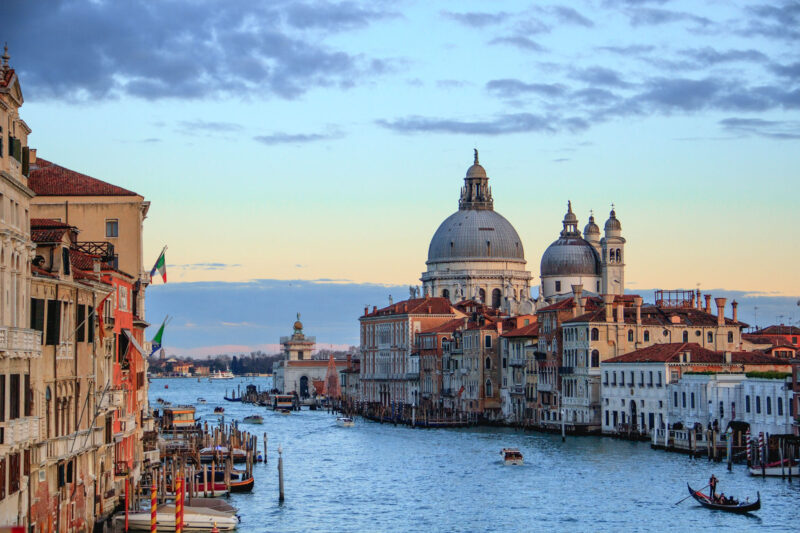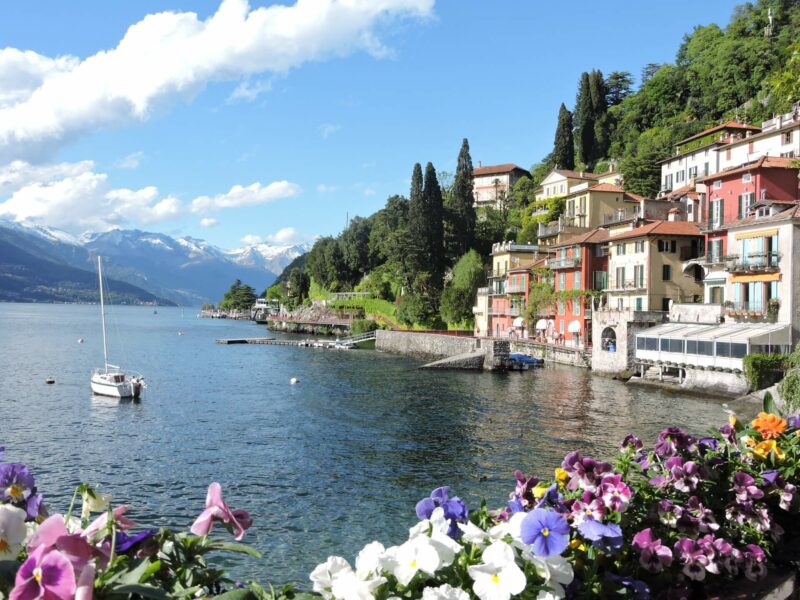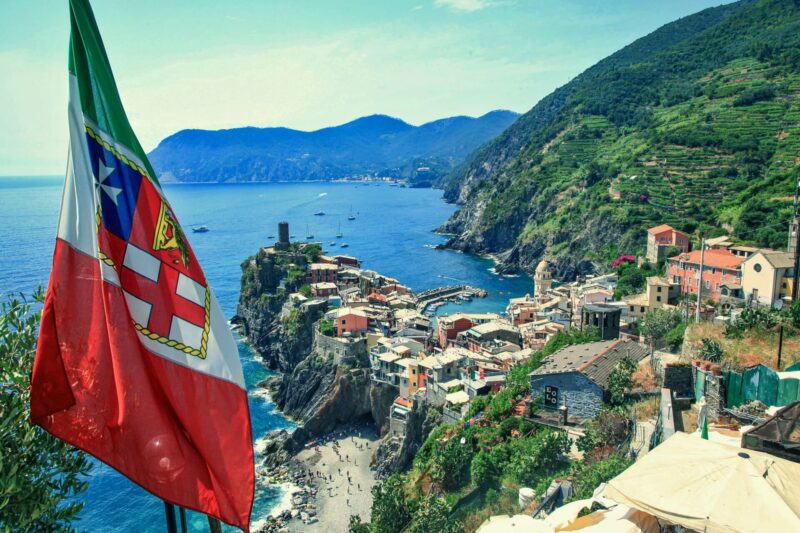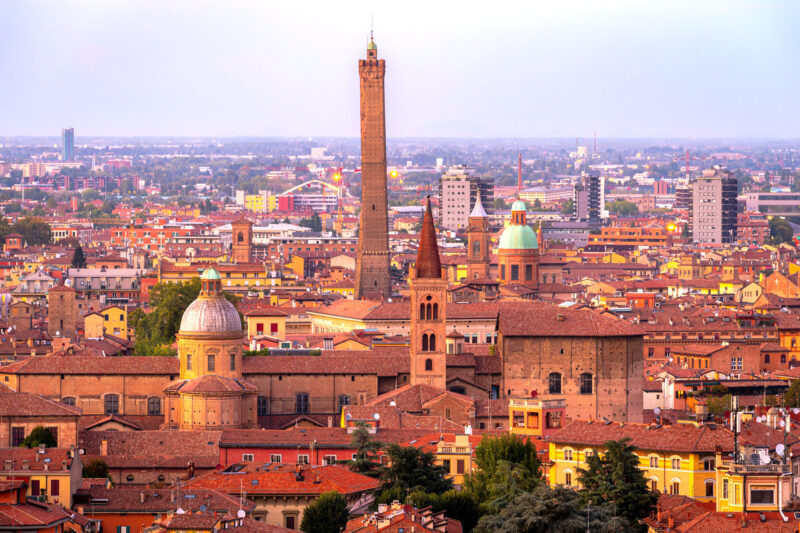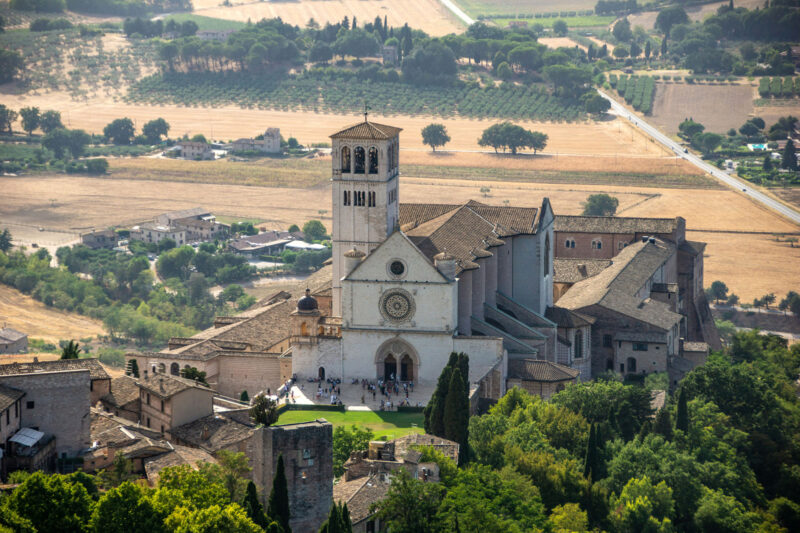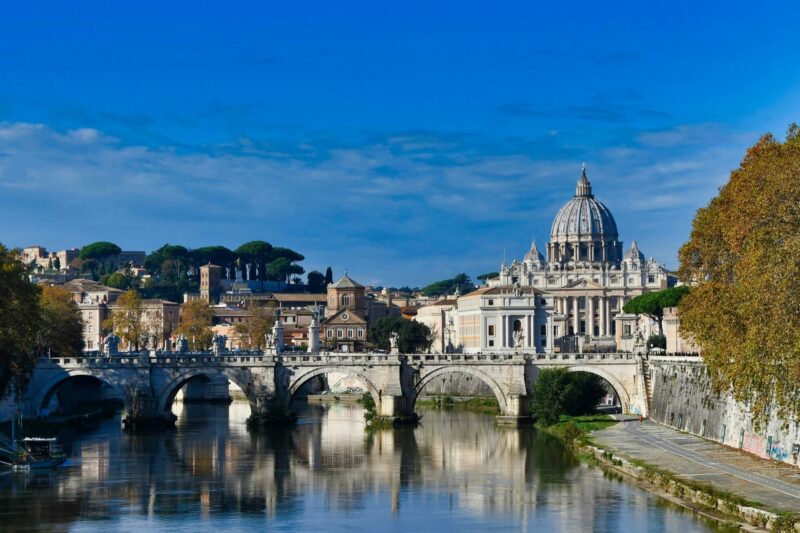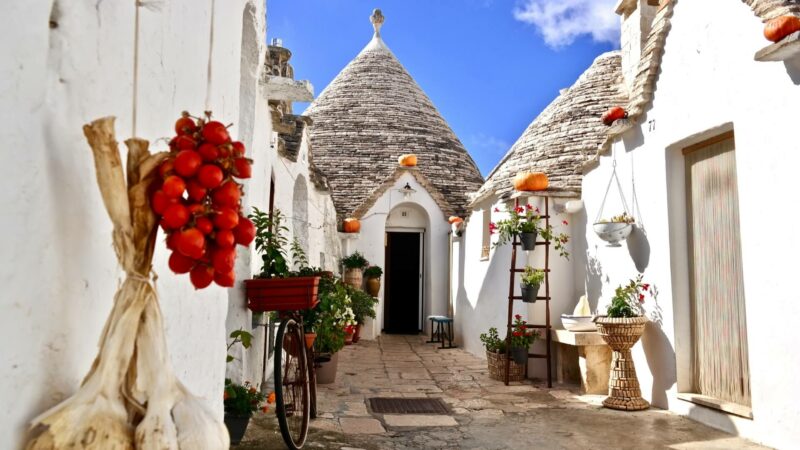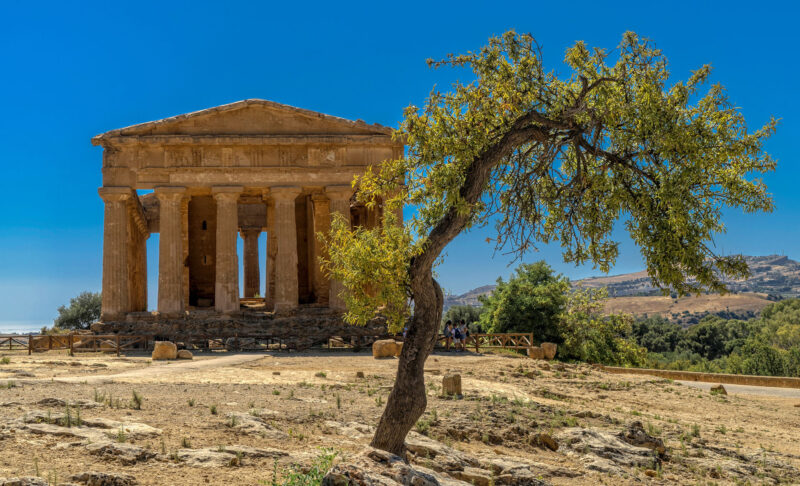Piedmont: nature and history
If you wish to feel the pulsating heart of Piedmont’s wild nature, experience the trails and peaks of the Gran Paradiso National Park. The park was born from a royal hunting reserve and transformed into a sanctuary for fauna and flora, a refuge for chamois and ibex. Or, to discover the roots of the Po, Italy’s longest river (652 km), journey to Pian del Re in Cuneo. The river highway that traverses the Po Valley gathers the waters of numerous tributaries, bearing witness to the history and agricultural richness of this region. However, it is not only nature that makes Piedmont a surprising verse in the hymn of wonder. Its cities and villages narrate tales of ancient splendor and noble lineages, of castles and fortifications, of residences and palaces. Connecting the dots where these treasures stand is like piecing together a tapestry of history and power: the Reggia Venaria is one of the most sumptuous royal residences in Europe, inspired by Parisian Versailles; the Rivoli Castle, a military stronghold since the Middle Ages, now hosts a significant contemporary art museum; the Palazzina of Stupinigi is the lavish and refined dwelling where the House of Savoy hosted parties and weddings. Here, in these parks and chambers, you can sense the birth of Italy, united by the determination of its most remarkable offspring: Count of Cavour and Giuseppe Garibaldi.
Turin, bridging ancient and modern
Do you feel like exploring Italy’s first capital? Then join us in the refined and austere Turin, where a unique architectural and cultural heritage is concentrated: elegant 19th-century noble residences, breathtaking baroque palaces, rich museums, and monuments of inestimable value, all in a harmonious blend of ancient and modern. In the heart of the city, the Mole Antonelliana will make you raise your gaze in wonder. Among the treasures that the city unfolds before your eyes are the sumptuous Royal Palace, the main residence of the House of Savoy and the nerve center of Savoyard power. Then there is the majestic Palazzo Madama, where the birth of the Kingdom of Italy was proclaimed. And what about the Egyptian Museum, guardian of ancient secrets and wonders? With over 40,000 artifacts – the second largest collection in the world after Cairo’s – you will delve into the very roots of civilization, thanks to papyri, jewelry, artifacts, and mummies. However, Turin also knows how to captivate you with its historic cafés, where you can indulge in pastries, the iconic bicerin (a delicious beverage made of coffee, chocolate, and milk cream that has been delighting the afternoons of the House of Savoy for over 250 years), snacks (like the tramezzino or sandwich that originated here), and small plates (such as those of the merenda sinoira, the peasant ancestor of modern “aperitifs”) to be savored, according to tradition, with a glass of vermouth.
Piedmont beyond Turin
With DS Journeys, you will have the opportunity to experience the natural, historical, and gastronomic beauties of Piedmont beyond Turin. Starting from the picturesque Lake Orta, framed by charming villages and the Island of San Giulio, a peaceful oasis where – Ssshhhhhhh! – silence reigns (to respect the atmosphere of contemplation emanating from the Benedictine monastery). You reach it from the evocative village of Orta San Giulio, through the narrow streets unfolding from the square. Moreover, Lake Maggiore and the archipelago of the small Borromean Islands will open your heart, thanks to the enchanting Isola Bella and the fascinating Isola Madre, where the varied and exotic beauty of nature harmoniously blends with the elegance of architecture, offering moments of ecstasy to visitors from around the world. Exploring the legendary hills of Langhe and Astigiano, home to some of the world’s finest wines, you find yourselves among centuries-old vineyards and welcoming wineries. In Canelli there are majestic underground cathedrals carved directly into stone 500 years ago. Here you will not only search for antique treasures in Cherasco, Bra, and Saluzzo, but also taste some of the region’s culinary specialties. There is the precious white truffle of Alba (the treasure of the “truffle hunters,” accompanied by their loyal dogs) and the delightful krumiri biscuits from Casale Monferrato (with their typical curved shape, reminiscent of King Vittorio Emanuele II’s mustache). Closing the circle, a visit to Pollenzo is also worthwhile, where there is unique school stands (inevitable in a region with a strong culinary tradition) called The University of Taste.
Piedmont: a feast fit for princes and kings
The gastronomic culture of Piedmont is heavily influenced by the banquets of the House of Savoy, featuring a feast of hearty appetizers such as Russian salad, bagna cauda, and veal tonné made with the prized Piedmontese fassona beef. In addition, egg pasta like langaroli tajarin are served with truffles, rabbit, or veal ragù. Plus, there are the typical agnolotti al plin. In the Piedmontese dialect, “plin” means pinched: used to enclose a delicious filling of stewed meats and vegetables stuffed inside ravioli. Delicate risottos with rice sourced from the renowned rice fields of Vercelli, where Cistercian monks introduced its cultivation around the year 1000, are complemented with fresh vegetables and local cheeses. The wines of Piedmont, true gems of the world’s wine culture, boast a worldwide reputation for their quality, elegant structure, and refinement. Barolo – the king of wines and the wine of kings – Barbaresco, Asti Spumante, and Barbera are just a few of the big-name wines born from centuries of tradition and passionate knowledge by winemakers of their specific local terroirs. A walk in Alta Langa will surround you with gentle round hazelnuts. And along with hazelnuts comes chocolate, another culinary tradition of the region. Those with a sweet tooth can indulge in small artisanal chocolate shops in search of high-quality pralines and chocolates, like the famous gianduiotto, born from the ingenuity of Piedmontese pastry chefs in the 19th century who decided to use the region’s valuable hazelnuts to cope with the scarcity of cocoa.
